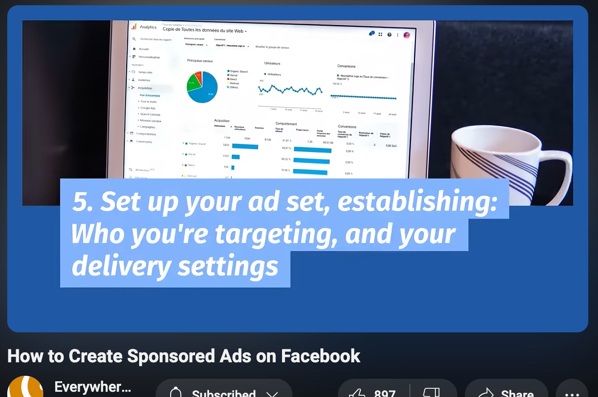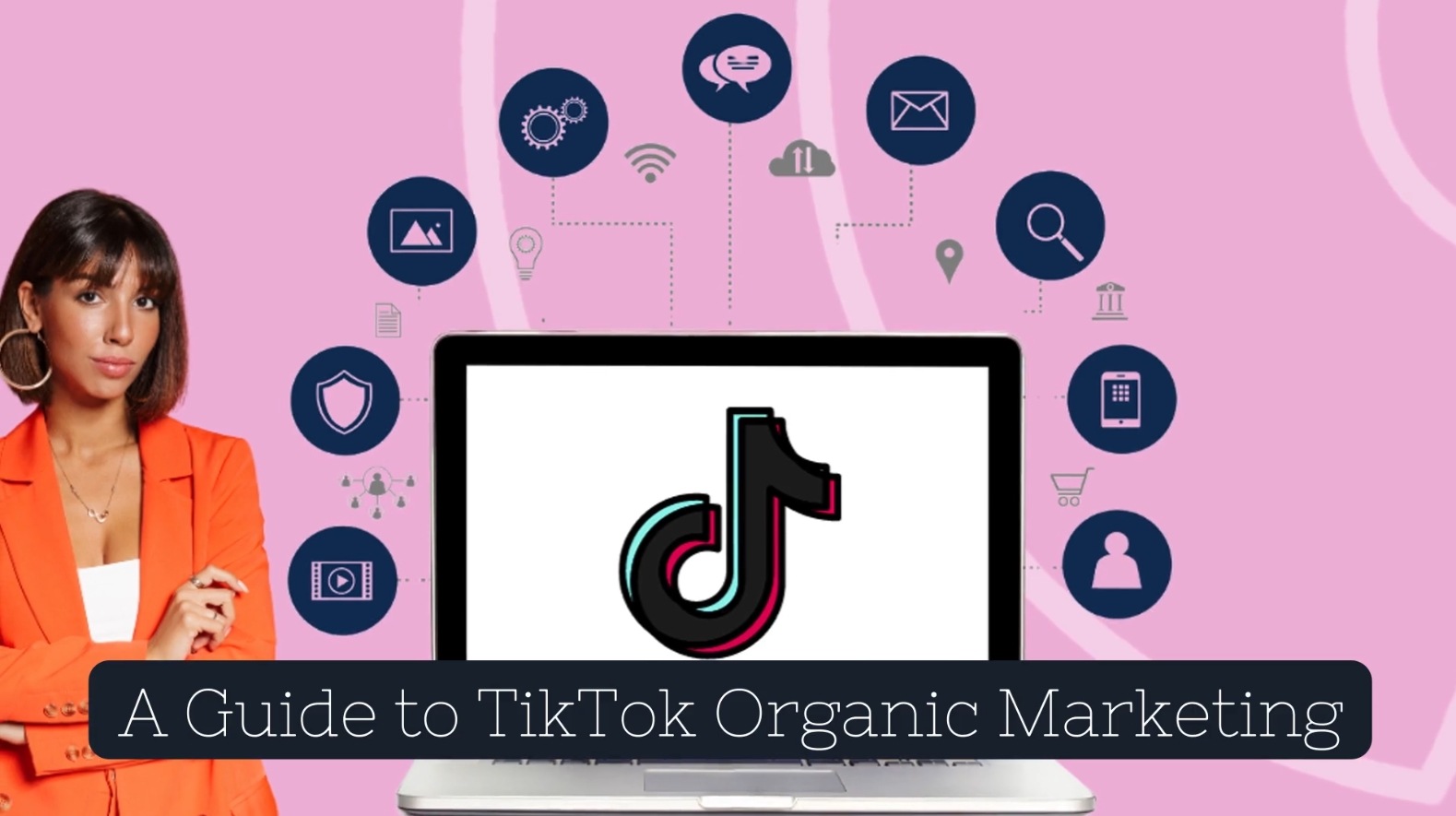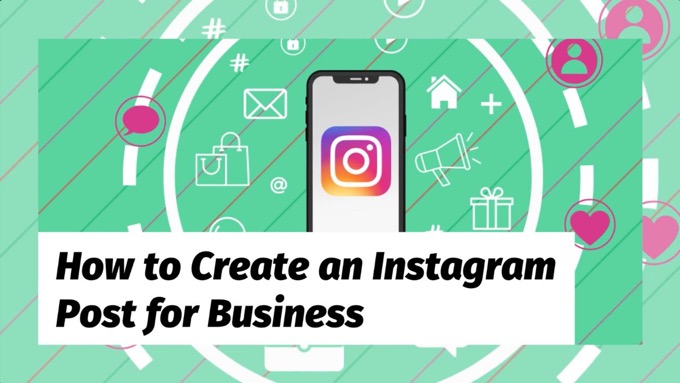Video content continues to dominate, and for good reason. After all, it:
- Commands attention in busy feeds
- Drives conversions across different platforms
- Builds stronger emotional connections than almost any other format.
But while video has become essential, creating videos that actually work isn’t so easy—effective video content creation is where most businesses fall short.
You might have already started your journey with video, whether investing in a shoot, editing a few reels, maybe even launching a YouTube channel.
But the results can often feel disappointing, such as low engagement, short watch times, or viewers simply dropping off before you’ve really had a chance to share your message.
The good news is that all is not lost.
What if there’s a way to approach video creation that can turn all that around?
The following guide is designed to help you master a streamlined, high-impact process that consistently delivers on the goals you’re looking to achieve—such as boosting visibility, generating leads, or driving conversions.
It gives you a step-by-step framework to:
- Strategically plan your video content with purpose
- Create scripts and visuals that capture and keep attention
- Optimize videos for search, social, and conversions
- Measure impact and continuously improve.
Let’s start by taking a look at your first step—understanding who you want to attract with your videos and what you’re looking to achieve…
Step 1: Understand Your Audience and Define Clear Goals
Creating video content without a clear strategy is like running ads without targeting—it wastes time, budget, and opportunity.
To build effective video content that drives real results, everything starts with clarity:
- Who are you speaking to?
- What are you trying to achieve?
- How will you measure success?
Define Your Target Audience with Precision
Before scripting a single line, zoom in on your ideal viewer.
You’re not creating content for “everyone”—you’re crafting a message for a specific audience segment with real problems and aspirations.
Ask questions like:
- Who exactly is this video for?
- What pain points are they dealing with?
- What motivates their buying or engagement decisions?
- If you're targeting SMB owners, your content should lean into actionable, time-saving solutions.
- If your audience is enterprise marketers, focus on strategic insights and ROI-driven outcomes.
Use your CRM, analytics platforms, or survey data to build detailed viewer personas. The more precise your targeting, the more likely your message will stick.
Zoom in on your ideal viewer. Don't create videos for 'everyone'. Craft a message for a specific audience segment with real problems and aspirations.Click To Post OnSet Objectives That Guide Every Creative Decision
Not all videos serve the same purpose. Is your goal brand awareness? Lead generation? Conversions?
Your objective will determine:
- The video’s tone and format
- The call-to-action (CTA)
- The platforms you prioritize
Goal-aligned examples:
If your team isn’t aligned on the video’s purpose, you’ll end up with content that lacks focus—and results.
Choose Metrics That Reflect Success
Vanity metrics like view counts don’t tell the full story. What matters is how your video performs against your specific goal.
Track metrics that matter:
- Engagement rate—are viewers liking, commenting, and sharing?
- Watch time & retention—are people sticking around or bouncing early?
- Click-through rate (CTR)—are viewers taking the next step—visiting your site, signing up, or converting?
Use platforms like YouTube Analytics, Meta Insights, and Google Analytics to gather meaningful insights. Then use that data to refine future content.
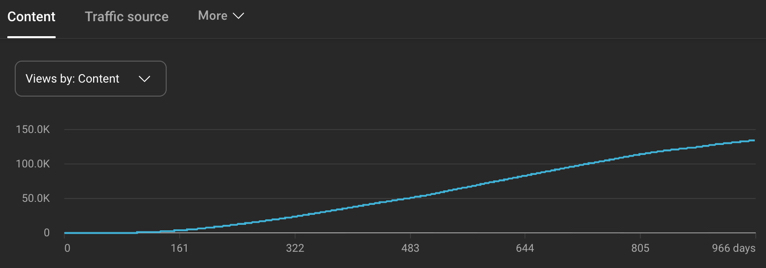
Step 2: Plan and Script Your Video for Maximum Impact
Jumping straight into production without a plan is a common (and costly) mistake. Effective video content starts with intentional planning—choosing the right format, shaping a compelling narrative, and scripting in a way that drives action.
Match Video Type to Your Marketing Goal
Not all videos are created equal. The format you choose should align directly with your campaign objectives and audience preferences.
Here are four high-performing formats to consider:
Choose your format based on the problem you're solving and where the viewer is in the funnel.
Structure a Story That Holds Attention
Whether it’s 15 seconds or 5 minutes, your video should follow a proven storytelling arc:
Use storyboarding tools like Canva, Milanote, or even PowerPoint to map out the visual flow.
This keeps your video organized and ensures a smooth narrative progression.
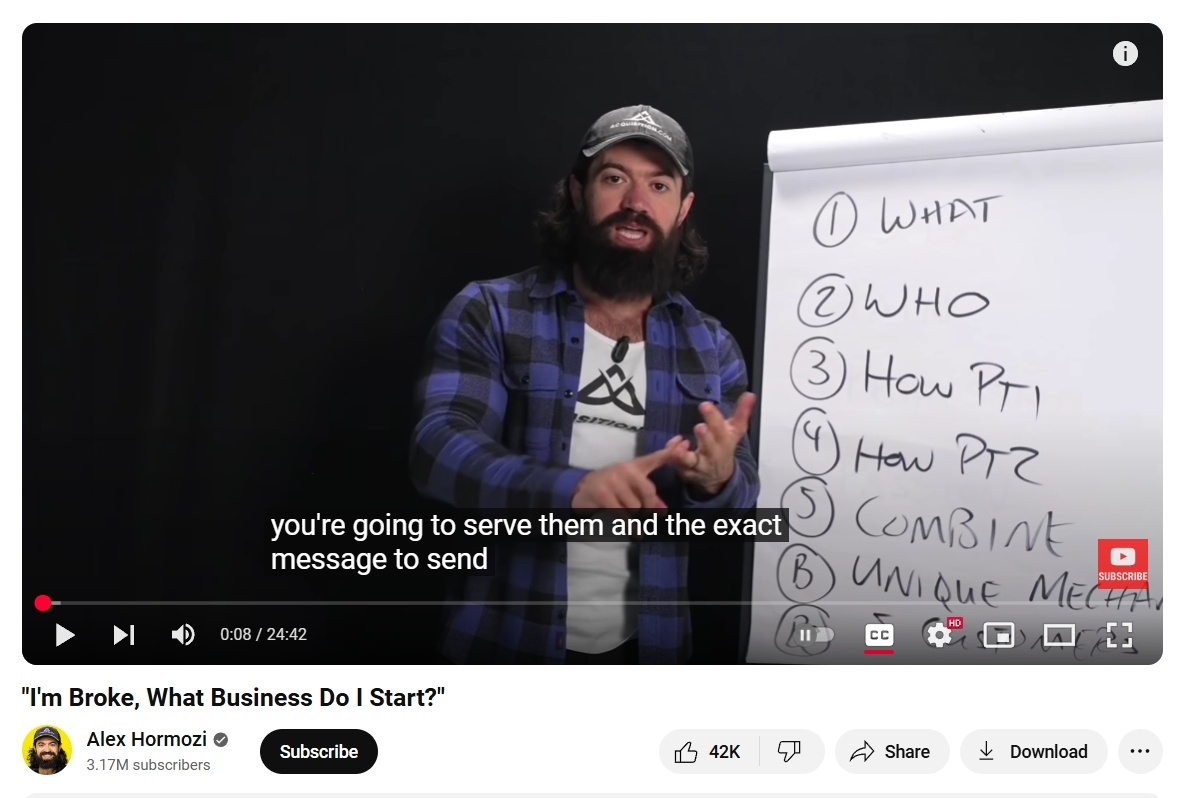
Write a Script That Feels Natural (But Converts)
Your script should sound like a real conversation—not like you're reading a press release. Keep it concise, human, and benefit-driven.
Follow these scripting tips:
- Write the way you speak—use contractions and conversational phrases.
- Lead with value—why should the viewer care in the first 10 seconds?
- Keep it focused—trim the fluff and avoid overloading the viewer with too much information.
- End with clarity—your call-to-action should be direct and tied to your objective.
Read your script out loud. If it feels awkward or robotic, rewrite it until it flows naturally.
Step 3: Capture High-Quality Footage Without a Hollywood Budget
High-quality video production doesn’t require expensive gear or a professional studio. With the right approach, you can create polished, scroll-stopping content using tools you already have—and a few key best practices.
Choose the Right Equipment for Your Needs and Budget
Quality matters—but efficiency does too. Here’s how to balance both:
Good audio and lighting often matter more than having the latest camera.
Tailor Your Content for Platform-Specific Performance
Different platforms reward different content styles and formats. To get results, align your video specs and tone with where it will live:
- YouTube—go deeper. Focus on longer-form, high-quality videos that educate or entertain. Thumbnails and SEO matter here.
- Instagram & TikTok—keep it short and punchy. Start strong, use trends and hooks, and prioritize vertical video (9:16 format).
- LinkedIn—lead with insight. Keep videos professional, value-driven, and ideally under 90 seconds for busy decision-makers.
Create one core video and edit versions for each platform to maximize reach and ROI.
Use Simple Shooting Techniques to Elevate Your Content
You don’t need to be a cinematographer to make your videos look professional. A few small adjustments can make a big difference:
- Use multiple angles to keep visuals dynamic—mix wide, medium, and close-up shots.
- Frame your subject using the rule of thirds (off-center) for a more balanced, visually appealing shot.
- Keep the pace tight. Avoid overly long clips or static shots—movement and variety keep viewers engaged.
Always shoot extra footage (B-roll) to use during transitions or while editing voiceovers.
Step 4: Edit for Engagement, Consistency, and Conversion
Editing isn’t just about trimming clips—it’s where your message comes to life. Great editing increases retention, reinforces your brand, and drives action. Here’s how to make your content stand out, even in crowded feeds.
Choose the Right Editing Tools for Your Workflow
Whether you’re just starting or producing videos at scale, use tools that fit your needs and skill level:
- Beginner-friendly tools—CapCut, InShot, or iMovie – Ideal for quick edits, mobile-first content, and social media posts.
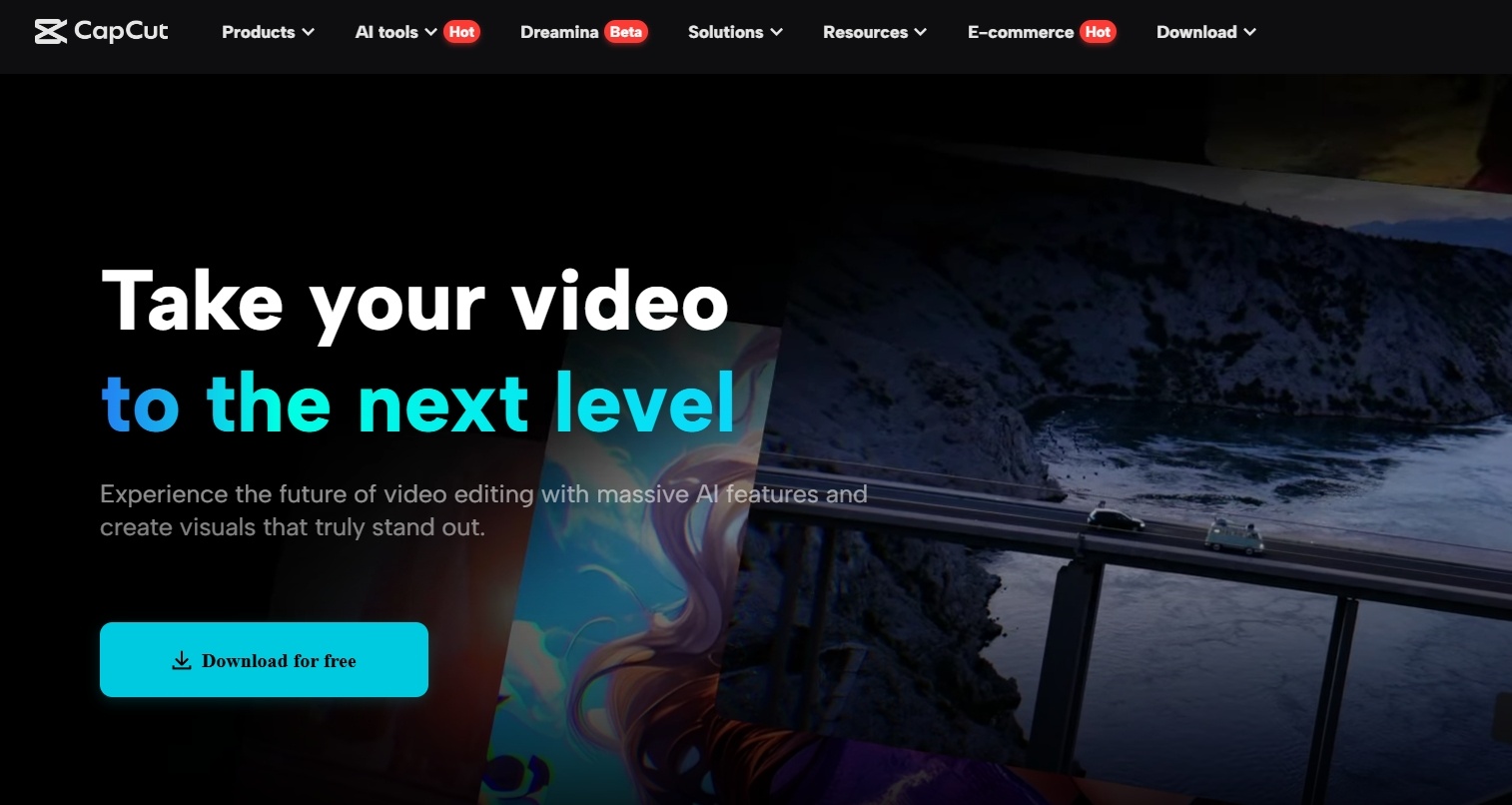
- Professional editing suites—Adobe Premiere Pro or Final Cut Pro – Best for advanced editing, color correction, layered audio, and complex transitions.
Don’t let tech slow you down. Master one tool that suits your current workflow and upgrade as your needs grow.
Enhance Engagement with Strategic Visuals
Effective editing keeps the viewer hooked. Use motion and clarity to your advantage:
Add pattern interruptions (e.g., quick zoom-ins, animated text, cutaway shots) to reset attention every 6–10 seconds.
Keep Visual Branding Consistent
Every video should reinforce your brand identity. Don’t miss this chance to build recognition and trust.
- Use your brand’s colors, fonts, and logo throughout the video.
- Add a consistent intro/outro for professional polish.
- Standardize lower thirds (on-screen names or titles) to keep things clean and aligned.
Create a branded video template to streamline production and maintain consistency across your content library.
Step 5: Optimize for Search and Social Distribution
Creating a high-quality video is only half the battle. To drive meaningful results—whether it's traffic, leads, or engagement—you need to ensure your content is searchable, shareable, and platform-optimized.
Make Your Videos Discoverable with Smart SEO
Just like blog posts, videos need search optimization to perform well—especially on platforms like YouTube and Google.
Here’s how to boost discoverability:
- Use keywords in titles—include primary keywords (e.g., effective video content creation) naturally at the beginning of your title.
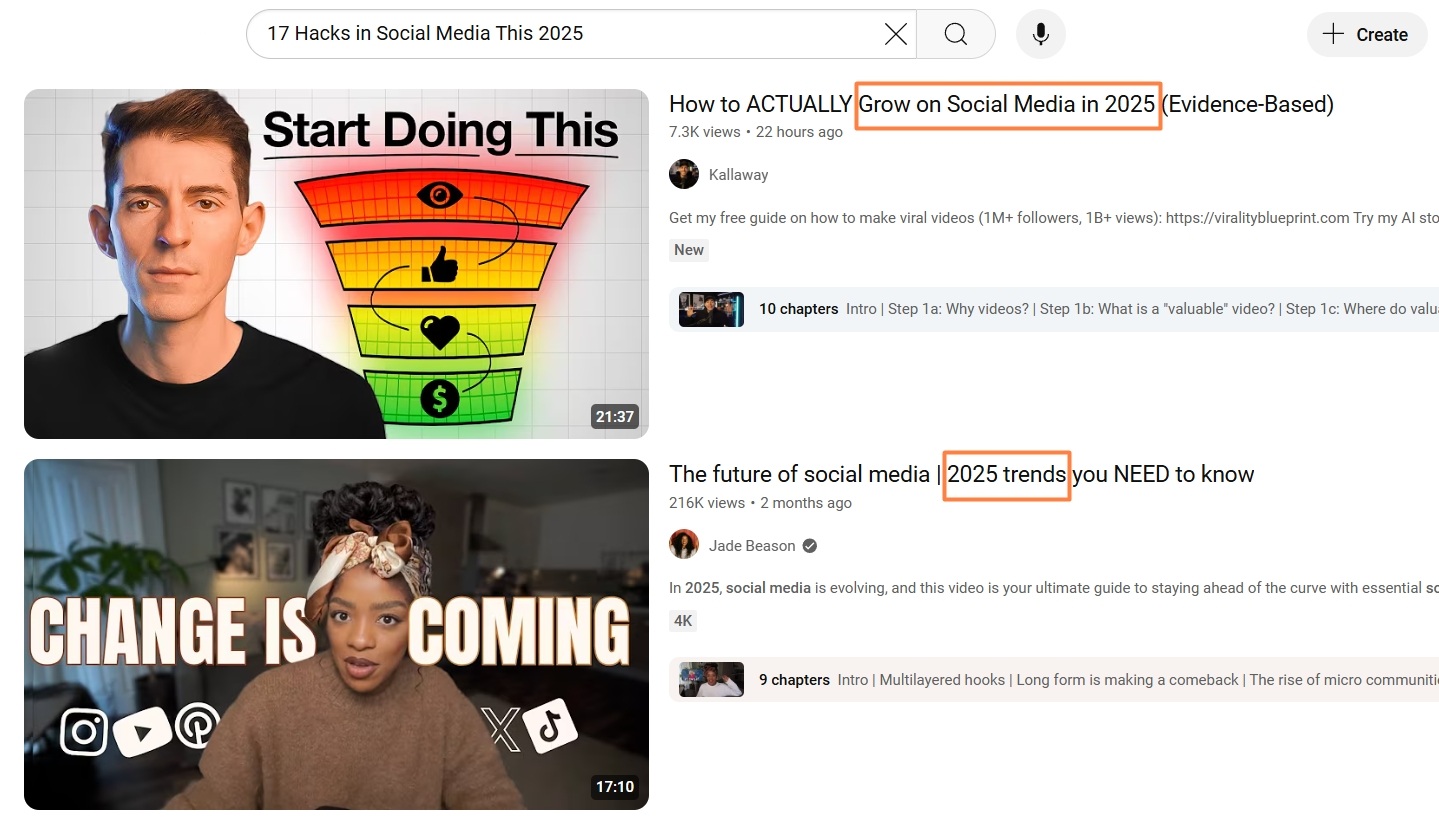
- Write optimized descriptions—expand on your topic, include supporting keywords, and add links to relevant resources or CTAs.
- Add relevant tags—tag your video with keywords your audience is searching for—this helps platforms understand your content category.
- Use SRT files or closed captions—these not only improve accessibility but also contribute to SEO indexing.
Use tools like TubeBuddy, VidIQ, or SEMrush to research high-performing keywords and tags in your niche.
Create Scroll-Stopping Thumbnails and CTAs
Your thumbnail is your video’s billboard—it determines whether people click or keep scrolling.

Pair that with a compelling call to action at the end of your video (and in the description), guiding viewers to the next step: subscribe, visit a landing page, share, or download something of value.
Maximize Reach with Smart Social Distribution
You’ve invested in great content—now get it in front of the right audience.
Here’s how:
- Upload natively to each platform (e.g., don’t just post YouTube links on Facebook or LinkedIn). Algorithms prioritize native content.
- Schedule strategically based on when your audience is most active. Use tools like Buffer, Hootsuite, or Later.
- Leverage trends and hashtags when appropriate, especially for Reels, Shorts, and TikTok.
- Repurpose intelligently:
- Turn a long-form video into bite-sized clips for stories or shorts
- Extract key insights as quote graphics
- Use behind-the-scenes footage for engagement posts
Think like a content distributor, not just a content creator.
Step 6: Measure Results and Refine Your Strategy
Once your video is live, the real work begins.
To continuously improve your content and ROI, you need to track performance, interpret the data, and use those insights to fine-tune future videos.
Track the Metrics That Align with Your Goals
Each video should be tied to a clear objective—and that objective should drive what you measure.
Here are key performance metrics based on your video goals:
- For Brand Awareness:
- Impressions, views, and view-through rate (VTR)
- Watch time and average view duration
- For Engagement:
- Likes, shares, comments, and saves
- Audience retention rate (where are viewers dropping off?)
- For Lead Generation or Conversion:
- Click-through rate (CTR) on links or CTAs
- Landing page visits and form submissions
Here are some of the tools you can use to track the metrics above across different platforms:
- YouTube Analytics for detailed viewership and retention data
- Facebook and Instagram Insights for engagement and reach
- Google Analytics for tracking traffic and conversions from video sources.
Analyze, Learn, and Adapt
Don’t just collect data—use it to evolve your strategy.
Ask yourself:
- What types of videos get the most watch time?
- Where are viewers dropping off—and why?
- Are my CTAs converting?
- Which platforms are delivering the best ROI?
Use A/B testing to compare different intros, formats, or CTAs.
Over time, you’ll build a performance-driven playbook based on real insights—not guesses.
Keep a centralized dashboard (e.g., in Notion, Airtable, or Google Sheets) to log performance across videos. Spot trends, document learnings, and share with your team to accelerate results.
Embrace Iteration as a Competitive Advantage
The best video marketers don’t rely on one-hit wonders—they optimize relentlessly.
Even small tweaks (a stronger hook, clearer CTA, improved thumbnail) can dramatically improve outcomes.
So review, refine, and re-release versions when needed.
- Launch
- Measure
- Learn
- Improve
- Repeat
Frequently Asked Questions
Why is effective video content creation important for businesses?
Effective video content creation helps businesses engage audiences, drive conversions, and build emotional connections.
How can I understand my audience and set clear goals for video content?
Define precise target audience personas and align goals with specific objectives like brand awareness, lead generation, or conversions.
What are some key steps to plan and script impactful video content?
Match video formats to marketing goals, structure compelling narratives, and write conversational, benefit-focused scripts.
How can I capture high-quality video footage without a large budget?
Balance quality and efficiency by choosing the right equipment, tailoring content for platforms, and using simple shooting techniques.
What are essential steps to optimize video content for search and social distribution?
Enhance discoverability with smart SEO practices, create engaging thumbnails and CTAs, and distribute content strategically across platforms.
To Conclude
Effective video content creation is all about strategy—from knowing your audience to optimizing for search and social.
When every part of your process aligns with your goals, your videos stop being filler—and start driving real results.
Focus on:
- Clarity in planning
- Quality in production
- Consistency in branding
- Precision in performance tracking
Don’t overthink—start small, stay consistent, and refine with every video. The path to higher engagement, better ROI, and lasting brand impact starts now.

